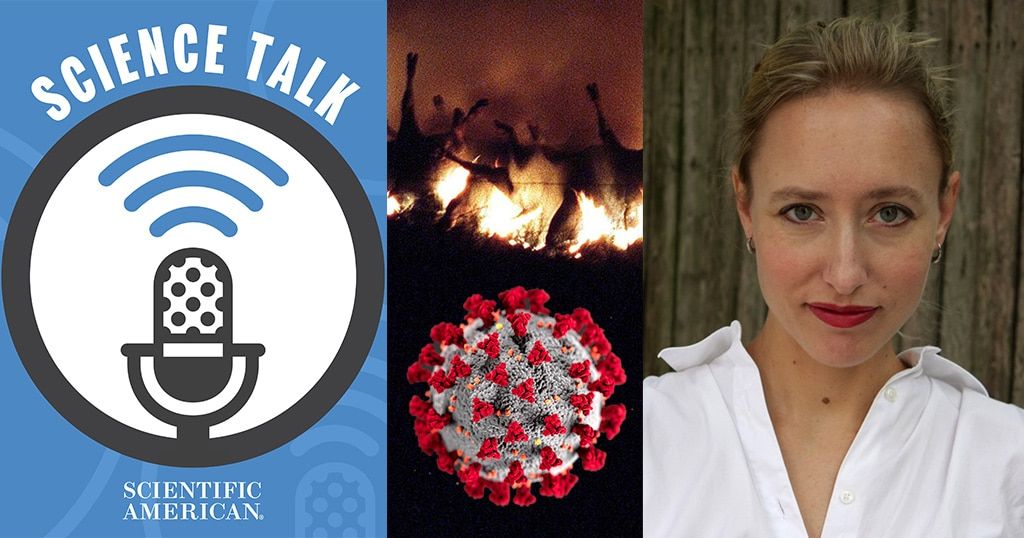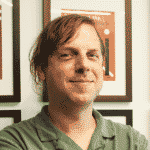On biolabs and pandemic risk: Listen to Scientific American’s interview with editor Elisabeth Eaves
By Thomas Gaulkin | April 7, 2020
 (CDC / Tony Kyriacou / Shutterstock)
(CDC / Tony Kyriacou / Shutterstock)
Bulletin contributing editor Elisabeth Eaves’ timely report on the proliferation of high-security biodefense labs in the United States—and the risk of a pathogen escaping and causing future public health disasters like the Covid-19 pandemic—recently caught the attention of Scientific American. The magazine invited Eaves onto its Science Talk podcast to discuss her reporting for “Hot zone in the heartland,” a story produced in collaboration between the Bulletin and The New Yorker, and why deciding where to locate a biodefense facility matters.
“Every time you build one you bring in a little more risk,” Eaves told Scientific American’s W. Wayt Gibbs. “So the question is: How many of these labs should there be? And some people think we have too many.”
Listen to the whole podcast right here:
The next thing you should do is read the article—but to hear more from Eaves on reporting the story and some of the things that didn’t make it into the final piece, also check out her interview on WBAI (starts at 26:22; associate editor Matt Field speaks about coronavirus conspiracy theories at 20:14), in a Reddit AskMeAnything, and a Twitter chat with top biosecurity and health policy experts, including Filippa Lentzos, Laura H. Kahn, Gregory Koblentz, and Nathan Myers.
Together, we make the world safer.
The Bulletin elevates expert voices above the noise. But as an independent nonprofit organization, our operations depend on the support of readers like you. Help us continue to deliver quality journalism that holds leaders accountable. Your support of our work at any level is important. In return, we promise our coverage will be understandable, influential, vigilant, solution-oriented, and fair-minded. Together we can make a difference.
Keywords: COVID-19, Coronavirus, biosafety lab, podcast
Topics: Biosecurity, Interviews















